September Update - Sitting down with the Player Hub
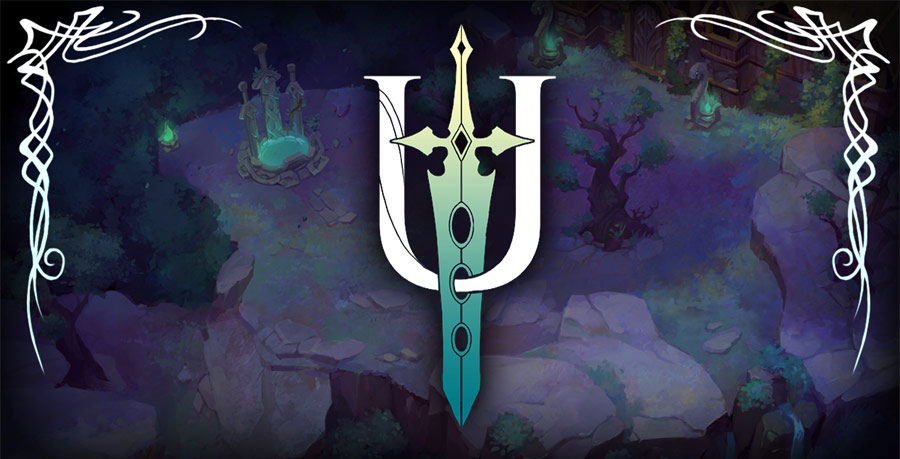
Dear Backers,
August is always a challenging month for me due to yearly tradeshow commitments. This year I spent more than half of it working in Europe out of our UK office south of London, then doing a week at Gamesom in Cologne, and then I took a small vacation in Amsterdam. All total I walked more than 120 miles in the last 3 weeks. Fortunately some of that was drawing inspiration from the amazing Rijksmuseum and the canals in Amsterdam which are similar to what we have planned for Lethanor.
Having said that, I've only just returned on Friday, so if this month's update seems a little thin on progress updates, it's because I haven't had a lot of face time with the team.
General Update
In August we continued to push various systems (programming, 3D art, UIs, etc) forward while doing more revisions to the Storyboard and Game Design based on implementation feedback.
This round of design changes focused on trying to identify areas where we aren't serving the game. It's easy to design everything on paper, but once the gameplay is there, I feel it's critical to go back and figure out what is working and what isn't.
At this point, I'm very happy with Chapter 1. One part of the team is working through the rest of the chapters, while the rest of the team is continuing to iterate on the first 7 missions and making sure they can each be played beginning to end.
Community Questions/Comments
Next, I want to take a moment to address some comments from the community after last month's post.
A couple backers asked about the platform for the Chapter 1 release. At this point, we can only support Windows because there are limitations putting up incomplete content on XboxOne, PS4, and Switch, and supporting Linux and OSX at this stage would be a bit too much for the dev team.
kliqIMB accurately pointed out the lack of opportunities for community involvement and the missing features / content in the new forums. For context, I decided to switch the Unsung Story forums to our GamersFirst.com portal to consolidate everything and allow our moderators to be more involved. However, there was quite a bit of customization in the old Wordpress forums that doesn't exist on GamersFirst for allowing Art and Design waivers and to link in badges based on backer level. We have also had a problem re-populating the old threads because some of the users haven't yet signed up on GamersFirst. I'm still hopeful we can pull all of these things across soon, and more importantly, I am committed to getting you guys back involved at a deeper level.
Mr. Sixes asked if Singed will be available upon replay in Chapters 1 and 2. Yes. Future releases (and the final version of the game) will allow players to select Singed from the start, and players who get Chapter 1 now will have the ability to go back and replay that chapter with Singed units once they are complete.
Scott expressed from reservations about the chapter by chapter release, and while I agree with his evaluation of Final Fantasy IV: The After Years, I don't think that's a good comparison. Matsuno's original design for the Unsung chapters had them as entirely discrete stories. We have since integrated them a bit more, but with the exception of Chapter 1 and Chapter 5, each of them has a proper beginning, middle and end, so I feel they make for good staggered release candidates.
The major topic for this month is the Player Hub.
We had a couple questions about leveling units, picking jobs, and customizations, so I thought I would walk through the design and some of the recent decisions to change how this system is implemented.
The Player Hub
The Player Hub is where you purchase items and equipment, level up, get extra quests, add customizations, and more. It is a critical part of any tactics game where players will spend hours fine tuning their units.
In Unsung Story, there are 8 distinct NPCs in the Player Hub that help with various functions. Each will have a unique character design and personality. It is our hope that you guys will enjoy getting to know them over the course of the game.
1. The Weapon Vendor
This character is very knowledgeable about weapons. He has studied both modern and ancient weaponry and is willing to help your cause by offering to sell you some of the weapons from his personal collection. The player can uncover more weapon information through course of the game that can be 'stored into the Opus' to expand this character's knowledge of weaponry and unlocking new items for sale.
Players can buy weapons from this NPC that can be used by specific job types. These weapons should be categorized by type or job, such that sorting through the options is made easier with sorting. Players can see details of each item before buying, to see what stats or abilities they provide. Players can also sell their weapons to this NPC for currency.
In addition to selling weapons, this NPC houses many of the functions of the weapon advancement / leveling system. This NPC allows the player to take excess weapons and convert them into weapon XP for other weapons that they want to use. The NPC also allows the player to slot in the weapon relics into empty weapon relic slots on their weapons.
2. The Armor Vendor
This is the armor counterpart of the weapon NPC. He recognizes that good armor can turn the tide of battle, so he offers to provide you with his service of providing the best armor he can findů for a price. Again, new armor and accessories can be discovered and unlocked by progressing through the story.
Players can buy different types of armor and accessories (any non-weapon equipment) from this NPC. These pieces of armor can be sorted/filtered both by equipment slot (helmet, chest, boots, gloves, etc.) and by any job restrictions (heavy armor, light armor, etc.) Players can also sell their armor to this NPC for currency.
3. The Item Vendor
This character is an item vendor. He makes a living by providing various curatives and chemical catalysts to both the scholars that work at the various Schools and to the Schools' visitors. New item types will become available for sale as you travel to new regions and unlock them.
Players can buy items (consumables) and various other miscellaneous item types from this NPC. The items in this UI can be sorted by type (healing items, status removal items, offensive items, etc.) They will also sell varieties of the consumable bag equipment item that determines consumable slot quantity.
Players can access their consumable bag slots system through this NPC as well. The player's party will have a consumable bag that has slots for items to be equipped into. When the player uses the Item command in battle, only the consumables equipped into bag slots will appear as options of items that can be used. This NPC will allow them to access the UI where they can slot the consumables they want into those bag slots. Players can also sell any of their items to this NPC for currency.
4. The Recruiter
The Recruiter provides a special service to you; they can scout out other capable adventurers who you may wish to add to your party ranks. They charge a fee for their services, but they promise to find only loyal and qualified recruits for you - other potential 'unsung' heroes.
They also have contacts who trade in restorative magics capable of reviving heroes who have gone unconscious in combat. This aspect of the game works different between the permadeath and non-permadeath modes of the game.
Players can use this NPC to 'recruit' new units into their available roster from a list of available units shown through this NPC UI. Each available unit will have a random predetermined name, gender, appearance, job, level, etc., which the player can view prior to recruiting. The jobs available will be based on which jobs the player has unlocked through leveling their party members, and the levels of the units available will be within a randomized range, skewing towards most units being slightly below the level of the player's highest-level units.
Players can preview the details of a unit before recruiting them for a currency cost, which increases when recruiting units of higher base level and/or who have more job levels.
In permadeath mode units die when they lose all their health. When this happens, the Recruiter will generate a comparable character available to recruit. For example, if the player has a level 40 Echo Knight (with some levels in Physician and Sage) die during a mission, returning to the HUB they can find a unit available to be recruited that is a level 38 Echo Knight (with some levels in Physician and Sage as well). This makes it so that units can permanently die without the player losing an enormous amount of character progress, and they can catch-up by spending gold to recruit this similar unit.
In non-permadeath mode units go unconscious when they lose all their health and need to recover. When the player has a unit in the Unconscious state at the end of combat, that unit cannot be used in missions until they have recovered. By paying the Recruiter, they employ their restorative magics to restore your unconscious characters. Characters brought back this way are set to the lowest Fatigue level and may need to sit out a mission or two before they are good-as-new.
5. The Job Captain
This character oversees providing the basic training necessary for accomplished adventurers to change jobs for those they are qualified for. They will be given training to understand the most basic skills and abilities required for their new job, as well as being given basic equipment (a starter weapon). They will also register the character in the roster as their new role, providing a bit of a bookkeeping role for the party. In exchange for this service, the Job Captain will charge a nominal fee to the party, once a job change has been confirmed.
This NPC houses the various job/skill related game systems that are required to outfit your characters for battle, the most prominent of which is allowing a unit to change their Primary or Secondary Job assignments. Players can preview job changes to a unit, but once they are confirmed, a small gold fee is charged. Units are always given baseline equipment, so that they can be taken directly into a mission and still be able to attack and use basic abilities, etc.
This NPC also houses other systems related to getting your characters ready for combat:
When a unit levels up, it may be able to unlock new skills or passives. In this NPC's UI, players can view the level pre-requisites for each skill and passive they unlock. When a pre-requisite is met, they can pay a gold fee to learn that ability from this NPC.
Through this NPC's UI, players can assign their job skills and passive abilities for both their primary and secondary classes. Changing skills/passives has no cost and can be done at will.
Each skill has a multiple tiers of 'mastery' that can be attained by using the skill during combat. In this UI, players can view the mastery progress of each skill on a character (probably displayed as a progress bar with numbers). There would be 3 'mastery tiers' for each skill: Basic, Expert, and Master. Learning a new job skill would have it start at Basic tier. Once a skill reaches the Expert tier, it can now be used as a Secondary Job skill. (The first skills unlocked as the baseline job skills would start at Expert.) Reaching the Master tier will allow the skill to be upgraded, improving its potency, but also increasing it's Focus cost to use in battle.
Players will be able to view the prerequisites for jobs that are 'next in line' from jobs the character currently knows. For example, a baseline character that has earned a level in both the Mercenary and Physician jobs would see the unlock perquisites for the Guardian and the Archer, (both of which are unlocked by leveling up Mercenary) as well as the Priest and Elementalist (unlocked by leveling Physician). In this way, they can prioritize building characters certain ways to unlock future jobs.
6. The Stylist
This NPC is very fashion and appearance conscious. They might come across as humorously vain or self-centered at times, but their heart is in the right place. They are focused on outward appearance and will let you make cosmetic changes to the characters in your party roster.
This NPC allows the player to change various cosmetic aspects of their character. This includes determining the color scheme of the player's team (primary, secondary, and tertiary colors), as well as individual unit customization options such as choosing a character's hairstyle, body size, hair color, eye color, skin color, etc. They also grant the ability to rename the unit, with a custom manually-entered name or select a random name from a predetermined name list.
The player will start the game with a set of basic customization options, and they will get more the further they progress through the story and perform side objectives.
7. The Bounty Agent
The bounty agent operates as a work contact for the mercenary groups of Lasfaria. They work as a liaison between the groups and potential clients as a sort of living bounty-board. Perspective clients can contact bounty agents when they need something done (anonymously or not) and can offer a reward or bounty for the task. The bounty agent will then contact the mercenary group they feel might best accomplish the task and present them with the opportunity to take on the contract. Bounty agents are often viewed as a little shady, both because of their role as a middle-man who assumes little risk but shares in the rewards, but also because some agents are less scrupulous and are willing to deal in contracts that subvert the law or are downright illegal.
The player can visit the bounty agent in order to take on semi-randomized tasks called 'Bounties.' Completing the bounty will allow the player to return to the bounty agent to redeem the reward.
When the player visits the bounty agent, they will see a list of available bounties they can undertake. They will see the bounty request (narrative) along with information about the specific bounty objectives and the potential reward. Players can undertake any bounty by selecting it (there is not cost to taking on a bounty) until they have reached their bounty cap. The number of bounties that can be undertaken at a time will scale up over the course of the game.
For example, the agent might give the player a task like "Defeat 10 Croakenmires" or "Complete 3 Fracture Missions with an Archer" that are tracked in a Bounty/Task UI that the player can access both in and outside of missions. The player can complete these tasks over the course of any number of missions. When they have completed all the objectives of a bounty, they can turn the bounty in to the bounty agent to receive the predefined reward.
Players can also abandon any bounty/task by returning to the agent and selecting to abandon a bounty that is underway. There is no penalty for doing this.
After the player has completed a Story Mission or Fracture Mission and returns to the hub, the bounty agent's list of bounties will refresh, and they may offer new bounties to the player.
8. The Historian
The Historian specializes in studying the past and collecting lost accounts of history to record them into the Opus. They're not an archeologist going out to find relics of history; they're more like a museum curator that collects and studies the uncovered history. They ask the player to turn over any relics or accounts of history they might encounter on their adventures, so that they can be recorded and studied.
For the heroes to be successful, their deeds can't be directly recorded by the Opus. Instead the Historian will curate what information can be safely added into the Opus and what gets recorded privately for The Unsung group's records.
Unsung Story has a narrative mystery at its core. The player's units are traveling back in time to collect pieces of information they can use to fix the situation. When the player discovers one of these, they can 'turn it in' to the historian by talking to them. This will bestow the player with some reward. This will also unlock pieces of narrative content, story pieces that the player can read at their leisure to learn more about the world and its history. The Historian will work as a sort of 'log book' UI, that the player can access to read each lore piece and story summary that they've unlocked.
This NPC also serves the purpose of sort of 'catch all' info person:
- Part of this NPC's UI will be a 'monster manual' cataloguing information about the various enemies the player has encountered during the game (able to see the monster's name, stats, abilities, lore, etc.).
- Players will also be able to view a world glossary, able to look up details about certain story characters, locations, details about the world, important dates and events of the war, etc.
- And lastly, they serve as the way for player to access gameplay information, such as re-watching the games cutscenes, or accessing previously unlocked tutorial information for players needing a refresher.
Player Hub Iteration
Next, I'm going to walk through some of the initial design and subsequent changes for this part of the game.
Since our game involves space and time travel, the units move around a lot. As such, one of our core thematic problems was finding an appropriate location for the hub. Every tactics games approaches this problem differently. Final Fantasy Tactics keeps the hub as a series of game menus and a formless room outside the world.
Initially, we put the hub inside the Opus, which acts as the narrative device we use to travel in. This way it was always accessible to the player, and we didn't need a story explanation. However, further definition on how time travel works with the Opus made this solution not feasible.
Next we designed the idea that the hub would be different locations, each with its own 3D map for each chapter. This provided a great story reason as we move from city to city for adding and removing bounties and items. Furthermore, we designed small story-based changes to the hubs that made them feel more interactive and populated. For instance, one of the chapters involves a significant natural disaster that slowly escalates over a series of missions. We thought it would be cool to make changes in this chapter's hub to reflect what was happening to the city.
Ultimately, as cool as this idea was, it quickly became apparently we had bit off more than we could chew. Having 6 different hub locations required a lot more 3D art, and it introduced all kinds of narrative problems for chapters where we start outside of the major city or back-to-back missions that didn't return to the city in each chapter right away. That meant the hub would be unavailable unless we added extra cutscenes, which in turn also increased the art budget. This design stayed around for a long time, but eventually was discarded due to cost vs. impact. As cool as some of these subtle touches would have been, I'm not sure the player would have appreciated them.
Last month, we finally arrived at the approach we're going to use.
The Player Hub will be an in-game 3D campsite that follows the player on their journey. This means it will change slightly based on the region or chapter you're in, but for the most part it will use the same 3D map all the time. It has the least art requirements and allowed us to cut a lot of extra cutscenes we didn't need.
I look forward to showing off this new approach once the art is ready.
As always, we appreciate your continued patience and support.
Sincerely,
Matthew Scott
LATEST NEWS POSTS

Steam page, new Early Access trailer, and PC Steam keys!
Dec 14, 2020 | PC

Chapter 1 Alpha Available Now
Sep 18, 2020 | PC
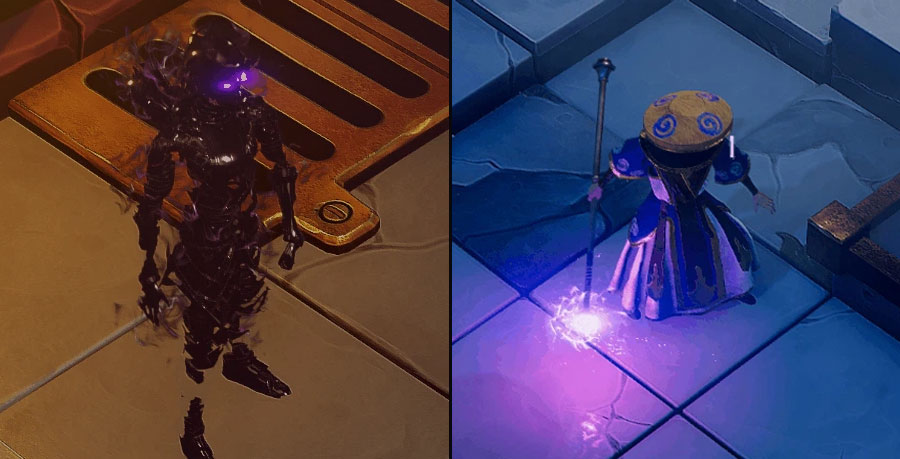
September 2020 Update - Chapter 1 Alpha roll out
Sep 1, 2020 | PC
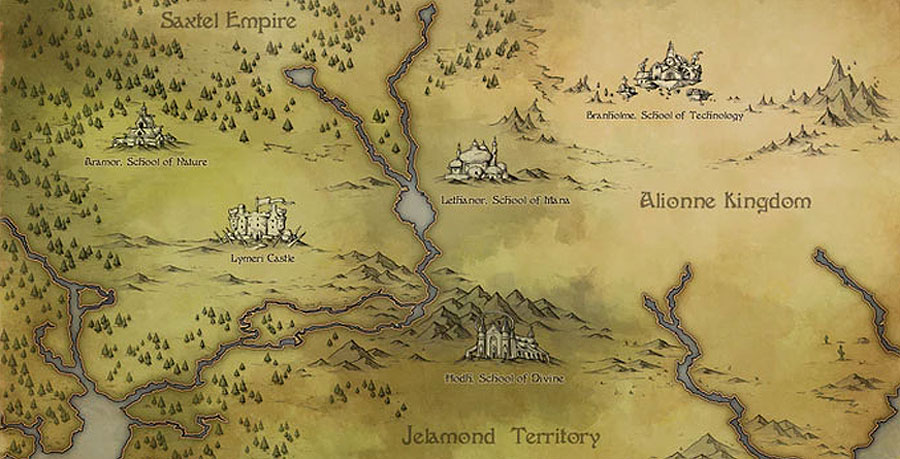
August 2020 Update
Aug 1, 2020 | PC
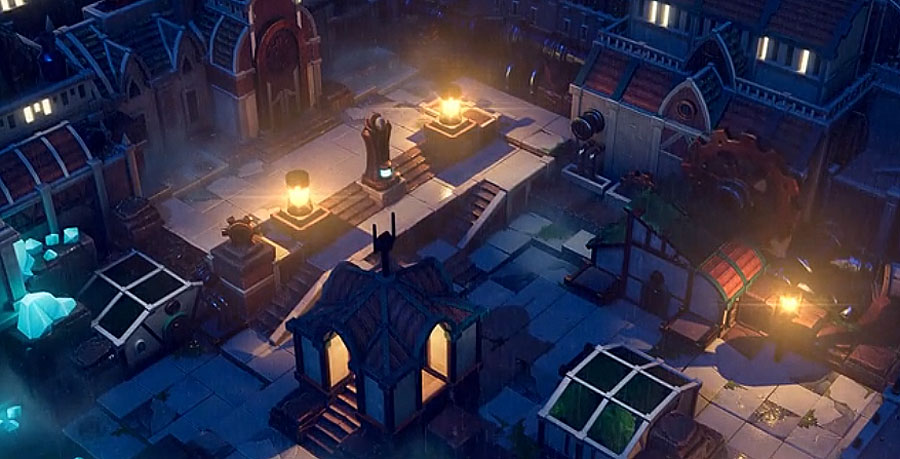
July 2020 Update
Jul 1, 2020 | PC

June 2020 Update
Jun 1, 2020 | PC

First Playable Livestream on June 1st
May 15, 2020 | PC

May 2020 Update
May 1, 2020 | PC
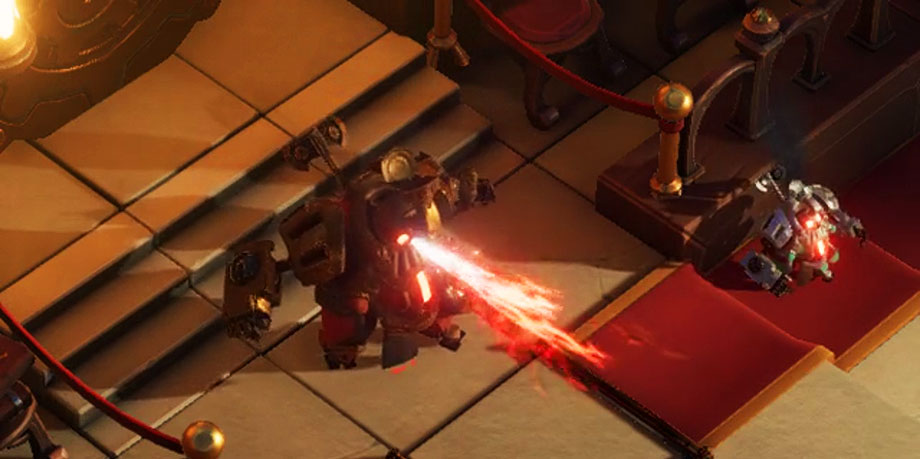
April 2020 Update
Apr 1, 2020 | PC

March 2020 Update
Mar 1, 2020 | PC

